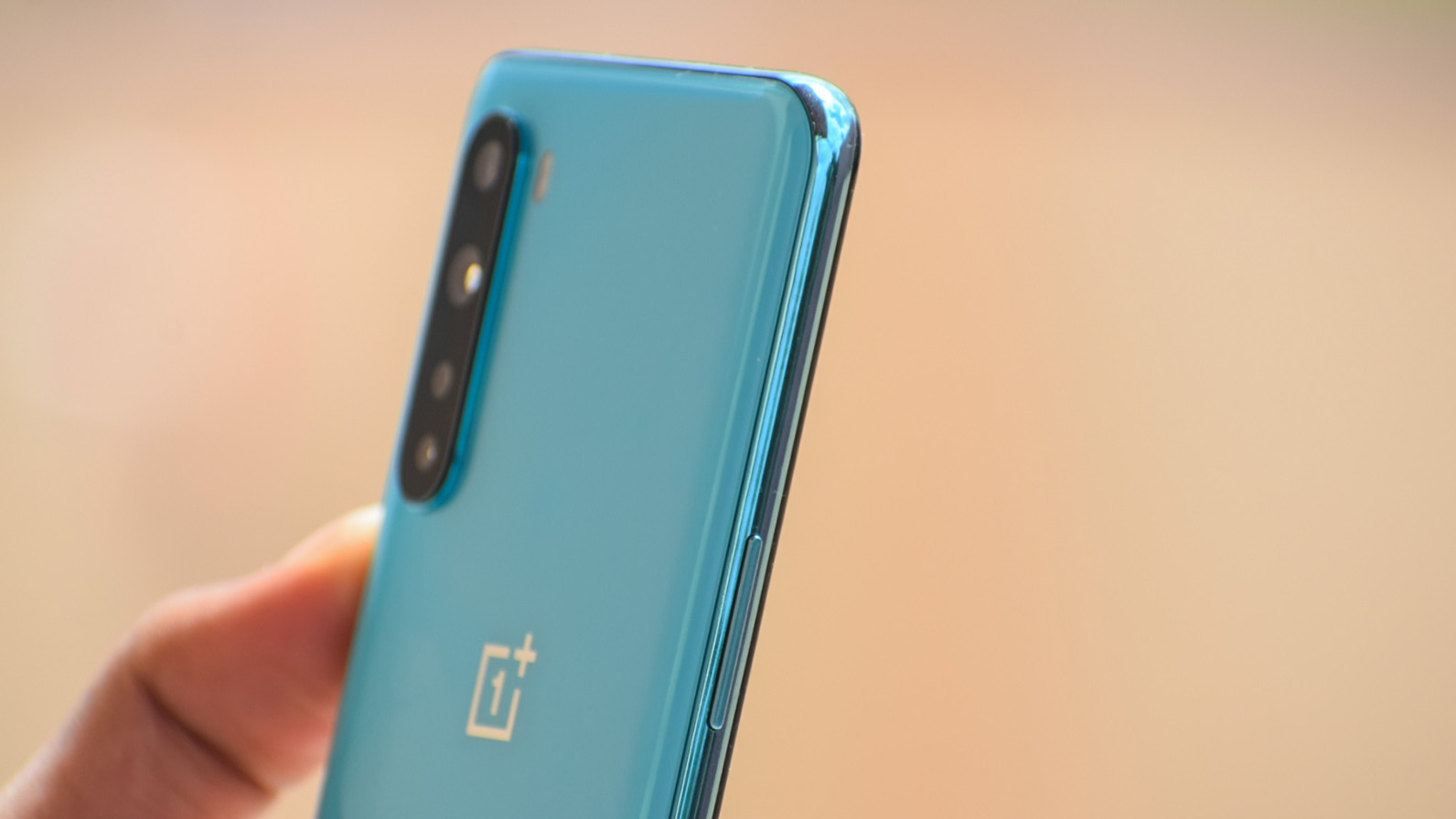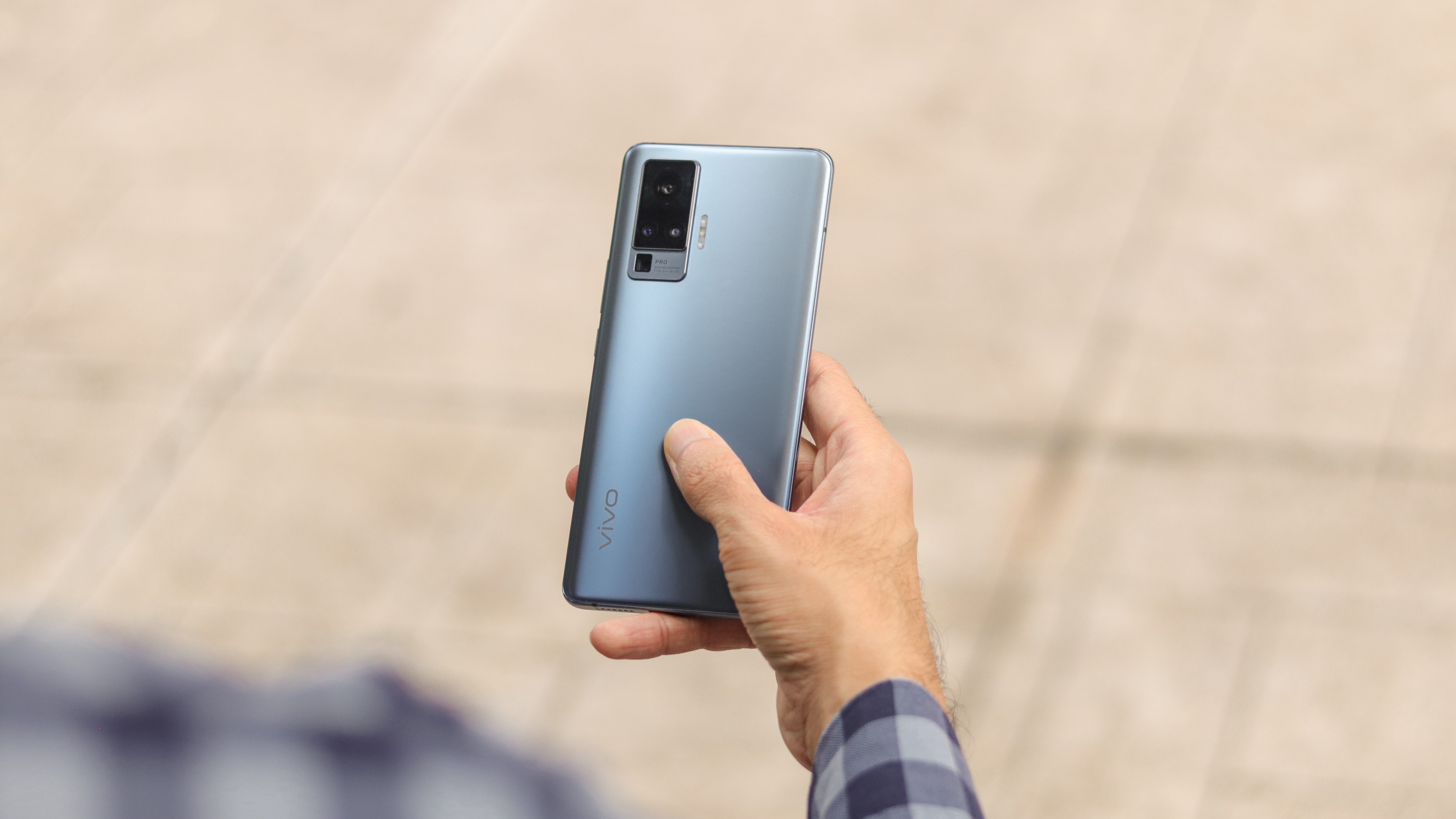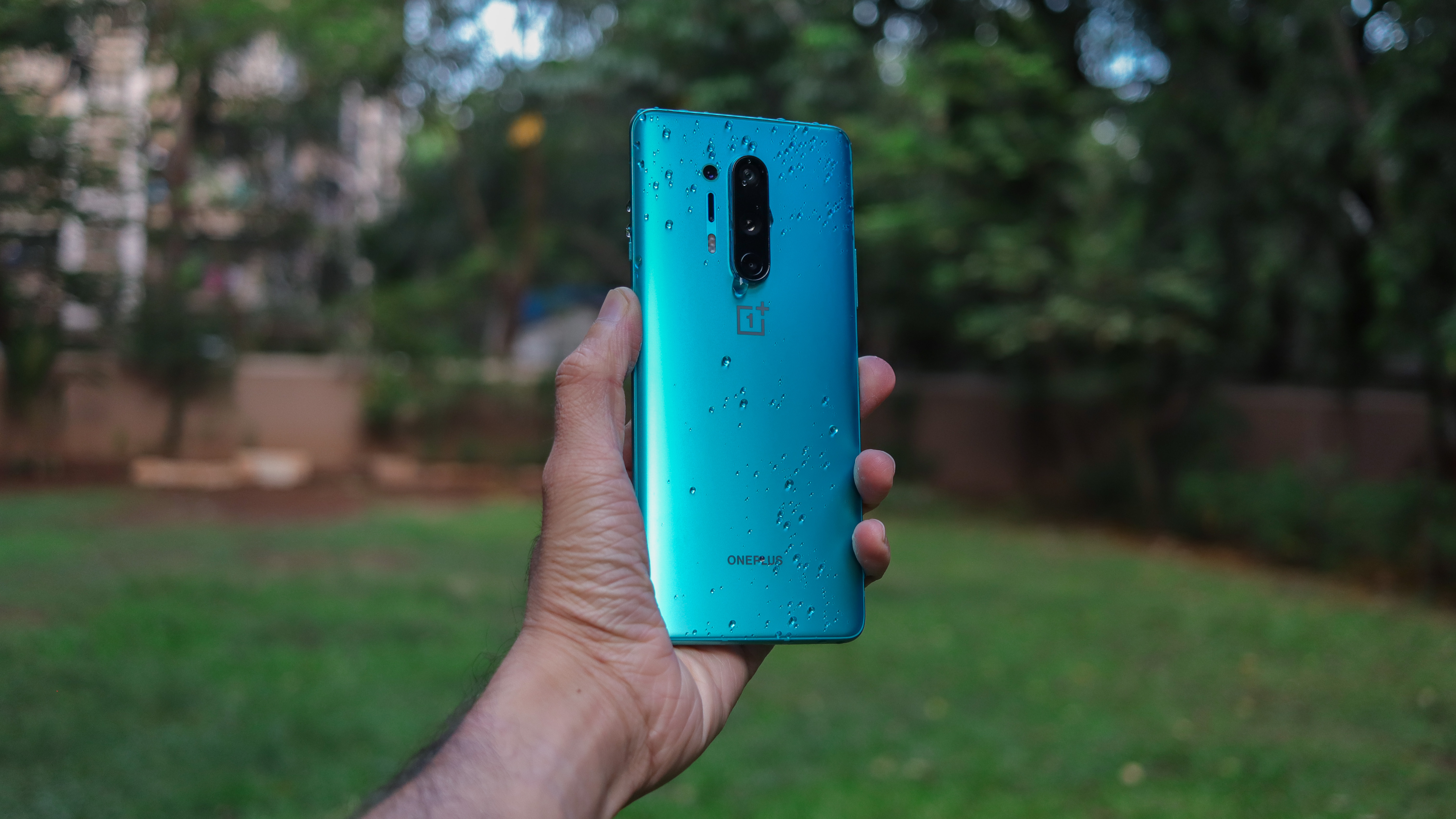Flagship models - why this definition of smartphones needs to change
Specs are just half the story

Smartphones are extremely complex pieces of engineering. Each of these tiny pocketable computers is actually more powerful than the ones that took NASA astronauts to the moon in 1969. Oddly though, that still isn’t enough for most users.
Vague correlations aside, smartphones have undoubtedly come a long way over the last few years. The gap between an affordable smartphone and a high-end one has never been narrower. While this has made the affordable devices a most desirable commodity, it's expensive cousins remain the ones that actually make a statement.
In markets such as India where only about 5% of the smartphones sold are in the premium segment, it comes as no surprise that the high-end phones often struggle to justify their value in the eyes of users. Big displays with high refresh rates, powerful performance, reliable battery lives and growing cameras are staples even for the cheaper phones now. With everything stacked against them, one may wonder why do so many manufacturers vie for a spot in the premium segment.
Before we get to why flagships are great, we need to define what really is one. In literal terms, it denotes the most important member within a team, as in the ship that carries the commanding admiral of a fleet. In the world of gadgets, it is usually stands for the top-of-the-line, best product of the lineup—usually also the most expensive one. But, here’s where clarity gives way to ambiguity.
Is a flagship smartphone the most expensive model of the family? Is it the one with the most powerful specifications? Is it the one that is an all-rounder? Or is it one that offers a great experience? The answer, as always, is complicated.
A few years ago, a flagship smartphone and everything else was a matter of binary. The non-flagships were just in a different league and could not really compete with their expensive siblings. But with many of those lines now blurred, it is time for us to recalibrate on who deserves to be a flagship.
Historically, this meant that they would also bring the bells and whistles such as bigger and better displays, more capable cameras, faster charging tech and premium materials. But as these characteristics have now trickled down to the mid-range as well, the differentiating factors are far and few in between.
Get daily insight, inspiration and deals in your inbox
Sign up for breaking news, reviews, opinion, top tech deals, and more.
For the most part, the common way to distinguish flagships from the rest has been the chipset. For Androids, this would usually mean the inclusion of Snapdragon 8 series chipsets. While that has managed to stand the test of time, it is no longer as much of a defining factor as it used to be. In fact, manufacturers are now even toying with the idea of skipping the latest Snapdragon 865 series to avoid the inherent costs associated with it, by opting for last-gen chipsets or a step lower in the pecking order.
For years, Android smartphone makers have flaunted the brute power that their phones brought along. Eight cores, 64-bit, clock speeds, 7nm are all thrown around in comparisons with a sprinkling of benchmark scores. While they do give an indication of the processing package, judging a chipset on quantitative figures is not the most elegant way.
This is in part due to the nature of Android, where even an extremely powerful phone can fail to give a great gaming experience and even a well-optimized budget phone can do wonders. Look at iPhones for example. With simple quad-core chipsets and 3-4GB of RAM, they are able to outperform most smartphones in real-life uses as well as demanding tasks. If we were to just go spec by spec, a budget Android phone from 2018 should’ve been better than anything from Apple, but that is obviously not the case.

Android is a mature ecosystem, and it’s high time we judge it with the same standards. When evaluating a smartphone, especially flagships, aspects such as software optimizations, lack of bloatware, ease of use and adaptability, premium in-hand feel, etc. need to start being a part of the conversations instead of using the chipset in tow as the filter. Honestly, modern chipsets on most of the new phones will serve most users well enough for their regular usage. It is only in instances such as gaming where the differences become evident.
It’s also a factor of how difficult some of these factors can be to appreciate. Aspects such as material choice, a comfortable and premium in-hand feel, great battery backup, camera performance in various scenarios and easy adaptability can be truly understood only when one spends enough time with a particular device. These can be difficult to explain in words, especially without a common scale of comparison.
We said that the Vivo X50 Pro is one of the best-designed smartphones of the year, with its artfulness being perceived the moment it is held… Don’t know about you, but we hold our phones a lot more and then tax it with extremely tedious tasks. It is paradoxical that other aspects are not always considered in the decision process.
But, if you look at it, it is parameters such as these which you’re likely to observe and experience on a daily basis—how good the phone feels in your hand, if it exudes class, if the operating system works for you, and a lot more, instead of whether the chipset is capable of keeping up with your usage.
We don’t know about you, but we hold our phones a lot more than we tax it with extremely heavy tasks...
Then there’s also the factor of how a product is developed and why it costs money. For instance, a phone like the OnePlus 8 Pro may only seem to bring minor changes in terms of the design, but when you wield is when you’ll notice how seamless the back, frame and display are, how well the weight is distributed across the body, why a curved display makes sense for phablets and much more. Nailing this with such finesse is difficult and thus, expensive. The law of diminishing returns is also seen here, where you’ll have phones priced much lower being able to provide 80-90% of the experience.
Similarly, the choice of materials such as AG glass or ceramic might not be that different from your regular glossy colourful glass backs, but it requires a fair bit of craftsmanship in creating those. That extends to software too. Most Android makers have now figured out the basics to make their skins functional enough, but being able to provide that without adding a ton of unnecessary extras or bloat/ads is difficult and expensive. This is why skins such as Oxygen OS are easier to recommend as they don’t feel overwhelming or obtrusive.
We stress so much on these because smartphones need to be given a fair chance to make their point instead of being dismissed just because it may not have the latest and best SoC from Qualcomm. Specifically for 2020 where the Snapdragon 865 has been pushing the BOM (bill of materials) to new heights and when the purchasing power has dwindled, it might be the more sensible thing to opt for something that is a little weaker to be able to maintain the price tag.
The recently launched crop of Snapdragon 765G-powered smartphones will draw obvious comparisons with the 8 series chipsets. In our testing with the OnePlus Nord and the Vivo X50 Pro, we found them to be pretty close to each other in terms of performance and even gaming.

The upcoming Google Pixel 5 series is also expected to ditch the Snapdragon 8 series in favour of a high-end 7 series CPU to keep prices in check. This matters because Google is the quintessential outlier that is adamant on winning hardware battles via software magic.
Underdog chipsets might be our only hope for truly affordable flagships, a rather underserved segment this year. Phones such as Vivo X50 Pro are able to bring hardware innovations without breaking the bank primarily due to opting for second-best chipsets. Similarly, the OnePlus Nord, with its Snapdragon 765G brings Oxygen OS, 7nm architecture and a 90Hz AMOLED display, is one of the most enjoyable smartphones at the sub Rs 30,000 price point.
At a time when pre-installed apps and ads are unwelcome, understanding the business benefits of these will help consumers realize why good software with less third-party inclusions is difficult, and as always, expensive. Being first to the market with a new chipset costs money. Designing a new phone from scratch costs money. Implementing new hardware innovations costs money. Making it available to retailers costs money.
Consumers always want to pay the least for any product and the provider always wants the most money possible. The balance is different for every brand.
As a source of buying advice, it is important for us to educate users on how to better understand the actual value being offered by a product. A majority of users do not need the latest and greatest chipsets available. Not making that a pre-requisite might not only allow you to get an overall better experience, but also save money.
With inputs from Ritesh Bendre, Counterpoint Research
Aakash is the engine that keeps TechRadar India running, using his experience and ideas to help consumers get to the right products via reviews, buying guides and explainers. Apart from phones, computers and cameras, he is obsessed with electric vehicles.
